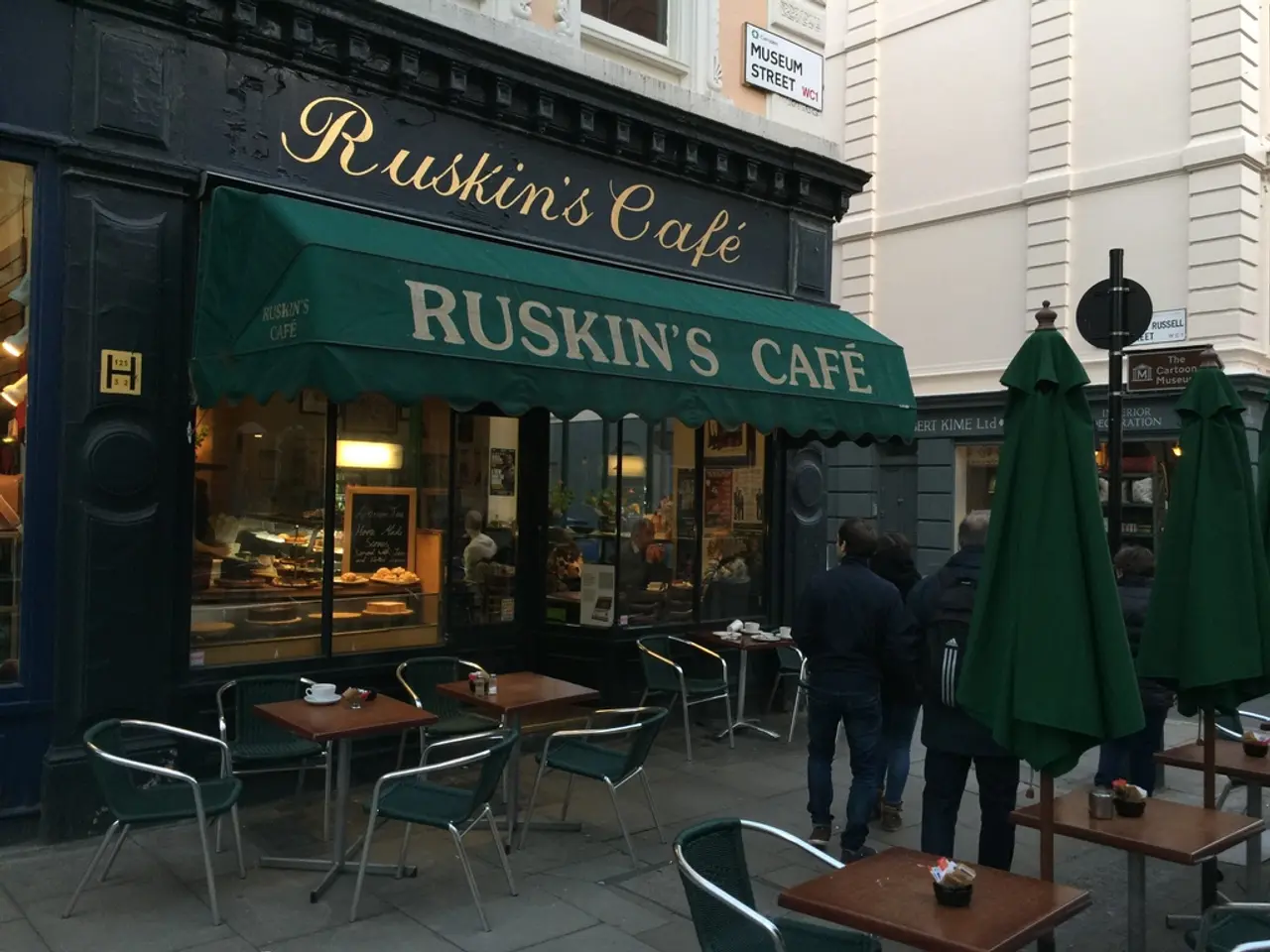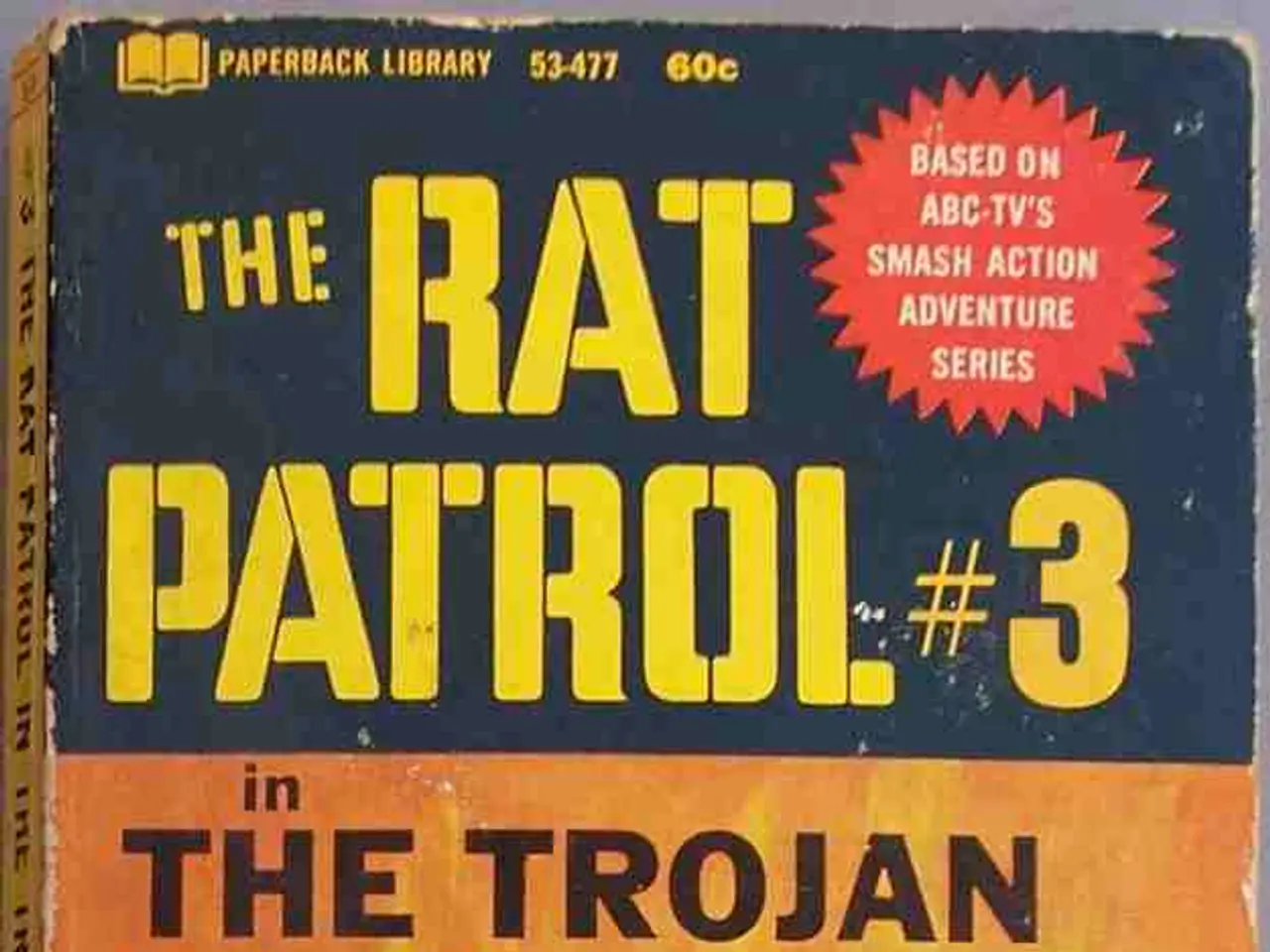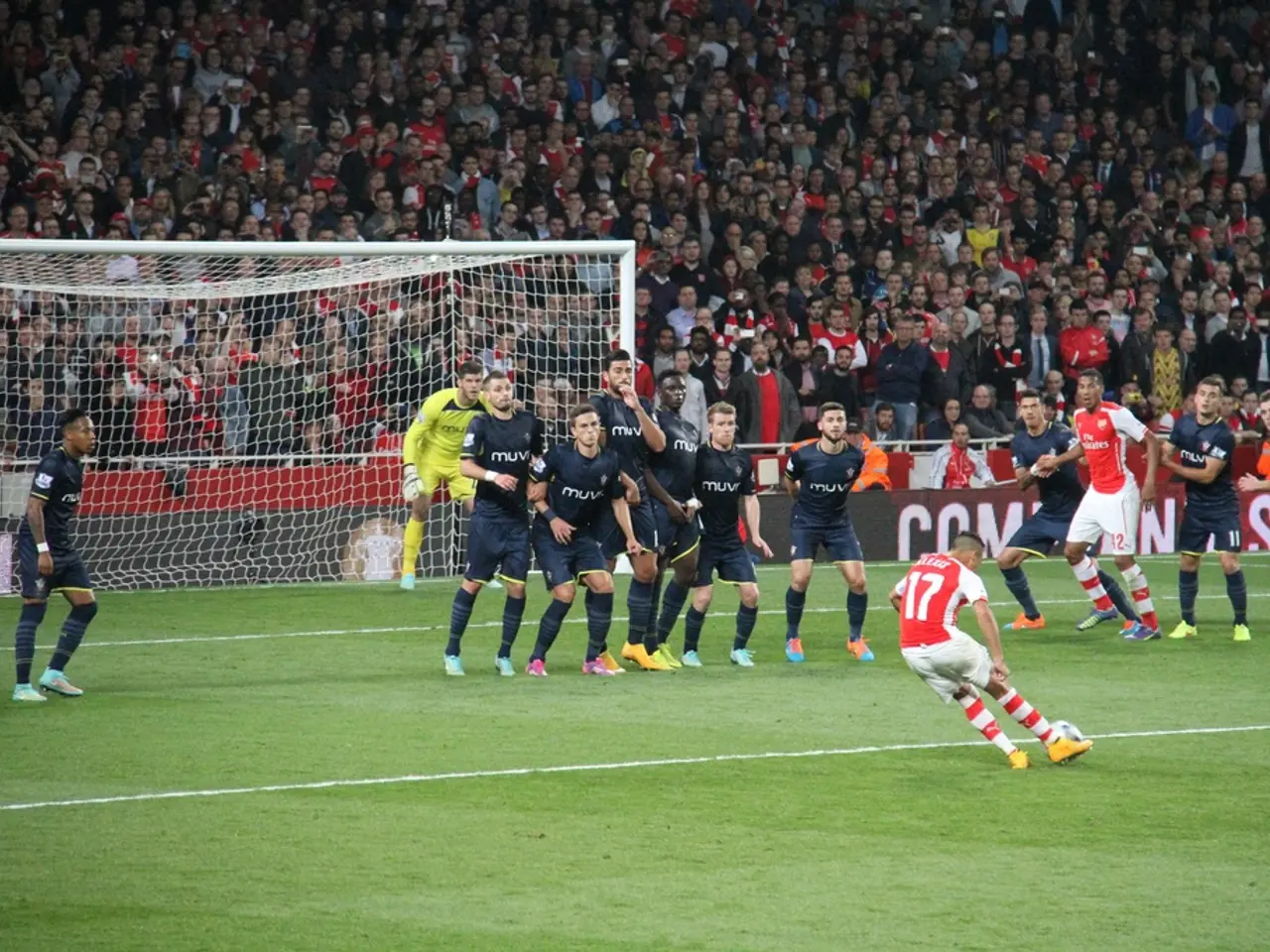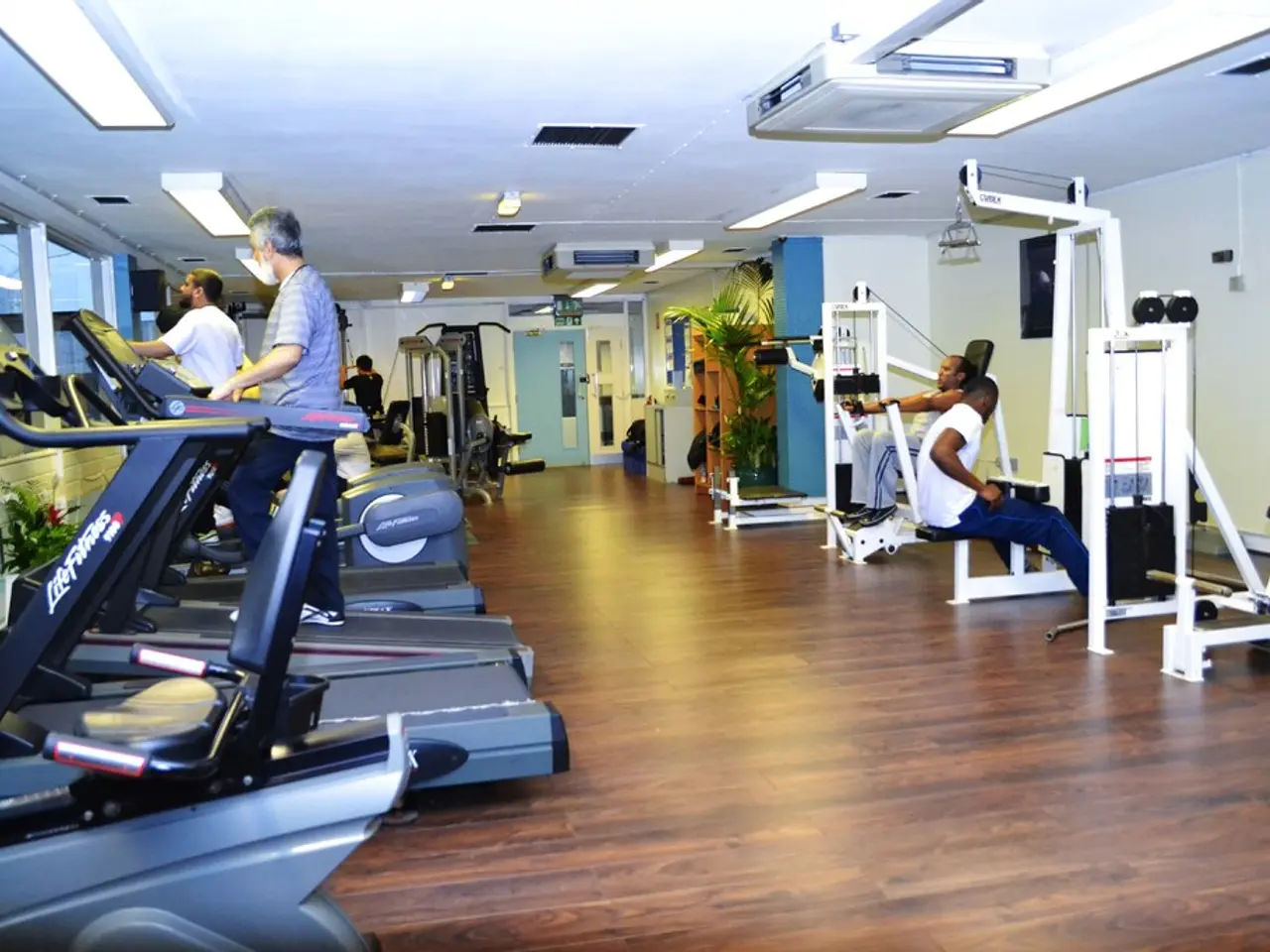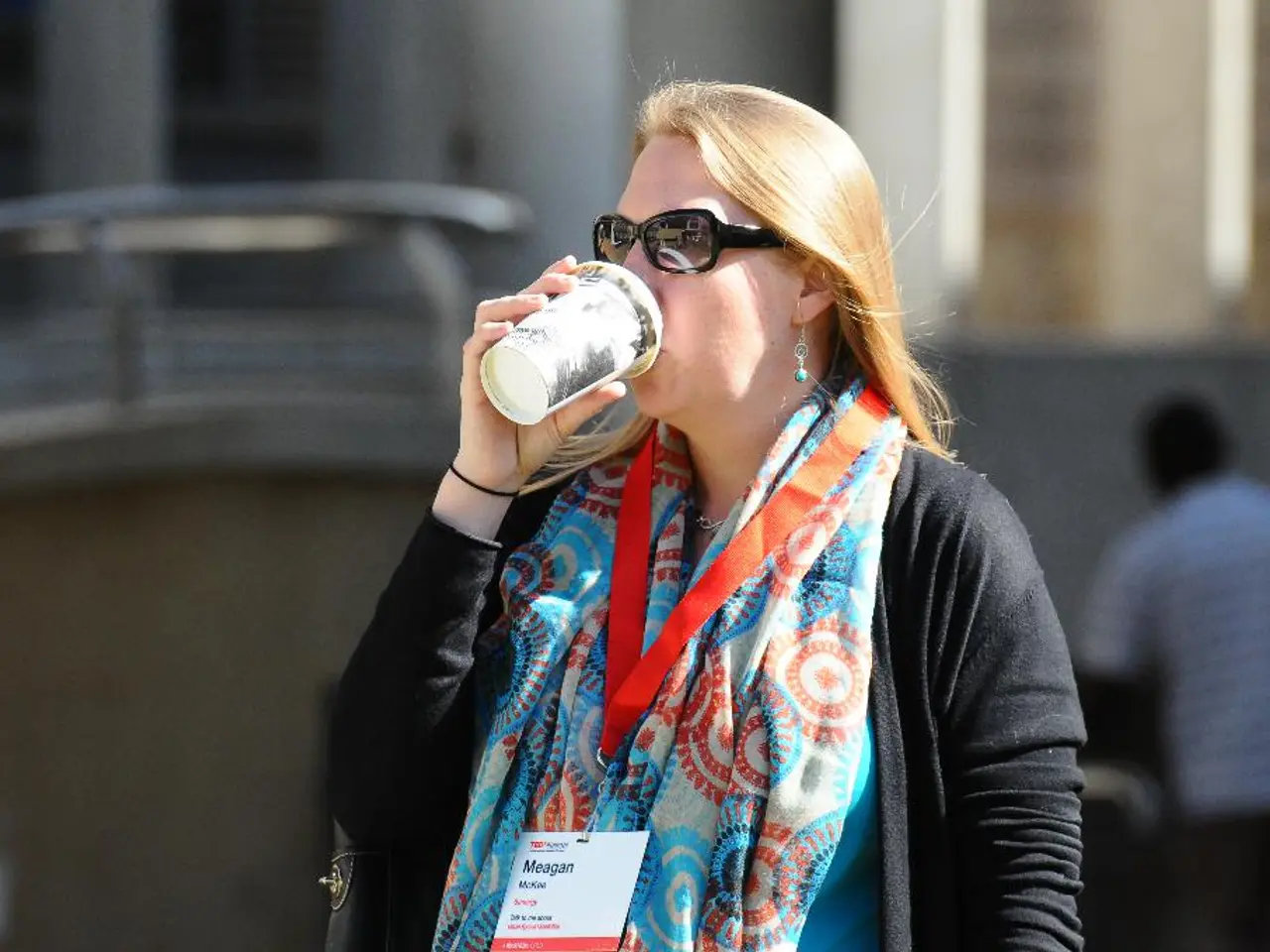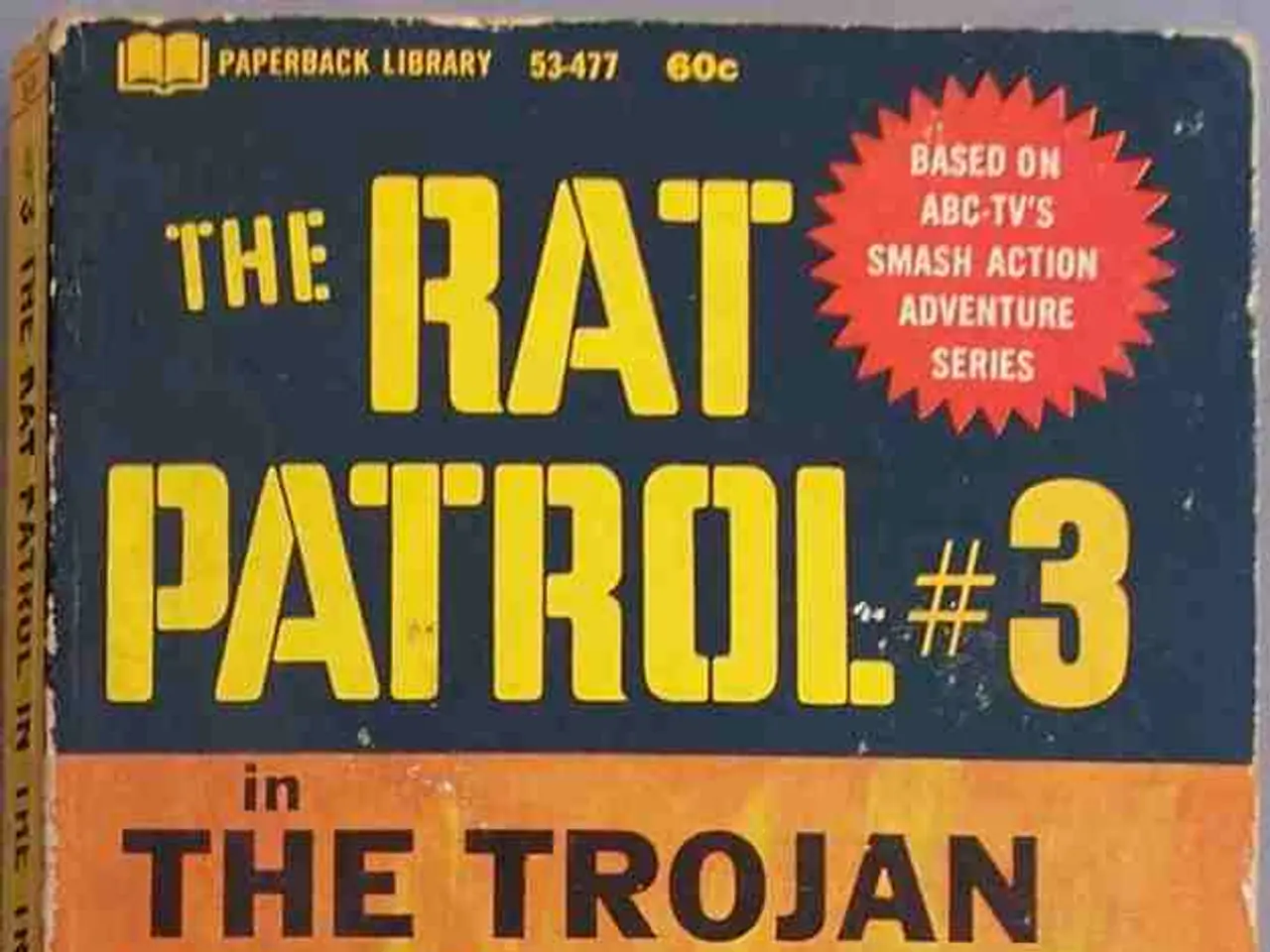Unsolicited Inquiry: A Perplexing Query
Living Conditions in Moscow Communal Apartments: A Glimpse into the Late 1980s and Early 1990s
On December 28, 1991, a news article was published on page A1, shedding light on the living conditions of a typical Russian family in Moscow during the late 1980s and early 1990s, specifically in communal apartments.
The article focused on Natasha Gorievitth, a 20-year-old woman who was half Jewish and resided in a communal apartment in the heart of the city. Natasha, married with a 2-year-old daughter named Tamara, shared her living space with two other families, including a warty babushka who disliked children and had banned them from the hallway and kitchen. The apartment, equipped with three small gas stoves but only one tiny sink without hot water, was a far cry from the modern standards of living.
The kitchen, described as a fragrant poem strung with lines where laundry dried, was the only communal space that offered a semblance of comfort. However, the cramped quarters and shared facilities meant that privacy was a luxury that few could afford. The apartment, with its six rooms, was home to 13 people, making it a bustling hub of activity.
The article also touched upon the political climate of the time, mentioning the lowering of the Soviet red flag on Red Square on the evening of December 25th and its replacement by the Russian flag. The event, done secretly on Christmas Eve due to fear of demonstrations from old Stalinists, was seen as a magician's trick rather than a highly symbolic celebration.
Despite the historic event, Natasha expressed indifference towards the lowering of the Soviet red flag on Red Square. Her primary concern was finding a "private" apartment, as she had a registration number on the waiting list (number 21,786), which indicated a wait of between ten and fifteen years. The article, however, did not mention any new information about Natasha's search for a "private" apartment or her registration number on the waiting list.
The article also highlighted the nostalgia and regret felt by older people in Moscow society for a lost order and security. This Siberian nostalgia, a longing for a simpler time, was a poignant reminder of the profound changes sweeping through the city and the country as a whole.
The early 1990s brought severe economic challenges following the collapse of the Soviet Union, with hyperinflation and economic decline worsening poverty and inequality. This period likely intensified difficulties in housing and living standards for many families living in communal apartments.
Communal apartments, or kommunalkas, were a common form of housing in Soviet cities like Moscow, where multiple families shared an apartment but had only their own room; kitchens, bathrooms, and hallways were shared among all families. Such arrangements led to overcrowded conditions and a lack of privacy. Despite these hardships, these apartments ensured a basic standard of shelter: people had access to electricity, running water, and basic amenities, though standards were often below those in Western countries or even rural counterparts in the West.
In summary, a typical Moscow family in a communal apartment during this period lived in crowded conditions with shared facilities, facing limited privacy and modest comforts. These living conditions reflected the Soviet system’s prioritization of providing universal shelter over individual living quality. The collapse of the USSR in the early 1990s worsened economic conditions, likely compounding housing difficulties for many families.
- In the midst of the economic challenges following the collapse of the Soviet Union, discussions surrounding real estate policy-and-legislation became increasingly relevant, as many families, like Natasha's, were on waiting lists for "private" apartments, with wait times ranging from ten to fifteen years.
- General news in the early 1990s frequently touched upon not only the struggles of individuals in communal apartments but also the broader political implications, such as the decision to lower the Soviet red flag and replace it with the Russian flag on Red Square, an event that sparked varying reactions from the populace, including nostalgia for a lost order and security.
